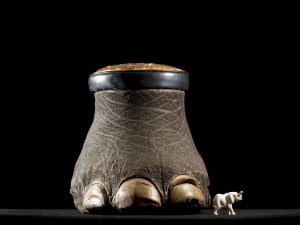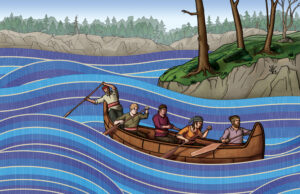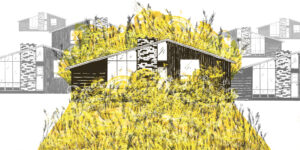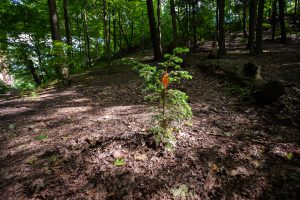An Ontario plant under threat of extinction is even more unique than originally thought — and in need of greater protection.
A study released last week in the journal Botany found that a small population of branched bartonia in Ontario is genetically different than the much larger core population of the same plant in the United States. While the U.S. population isn’t endangered, the plant is classified in Ontario as threatened.
Given the Ontario bartonia’s genetic novelty, this study suggests there may be greater biodiversity in the Great Lakes region’s plant life, which could make conservation efforts more important.
Claudia Ciotir, a PhD candidate at Trent University and co-author of the study, says that given the plant’s genetic diversity, it is valuable from a conservation point of view and its protection status in Canada should be assessed separately from the more abundant U.S. population. “Because of the global factors, it’s conservation factors were somewhat downgraded.”
As a genetically distinct plant, the Ontario bartonia is more unique, and may need a conservation status upgrade from threatened to endangered, which would provide greater protection and help ensure its survival.
First discovered in Canada in the 1970s, the branched bartonia is a small plant that can grow to 40 cm and is often found in bogs near tamarack and black spruce trees. There are only around 1,000 of these plants in seven sites in the Parry Sound and Muskoka regions.
The study suggests that genetic divergence between the Ontario bartonia and its U.S. relative occurred between 226,000 to 534,000 years ago.
Ciotir says the Appalachian Mountains may have acted as a geographic barrier that separated the Ontario bartonia from the U.S. population. “This is why they might be genetically divergent.”
Joanna Freeland, an associate professor at Trent University’s Department of Biology who supervised the authors of the study, points out that genetic diversity is important to the long-term survival not only of the disjunct population, but the entire species. “The more genetically diverse a population or species is, the more likely it is to adapt to future environmental change.”
In the future, Ciotir hopes to compare the Muskoka species with the U.S. plants to see whether they are morphologically diverse. If they are, she says the Ontario bartonia may be considered a new species and it’s conservation status would likely increase.




